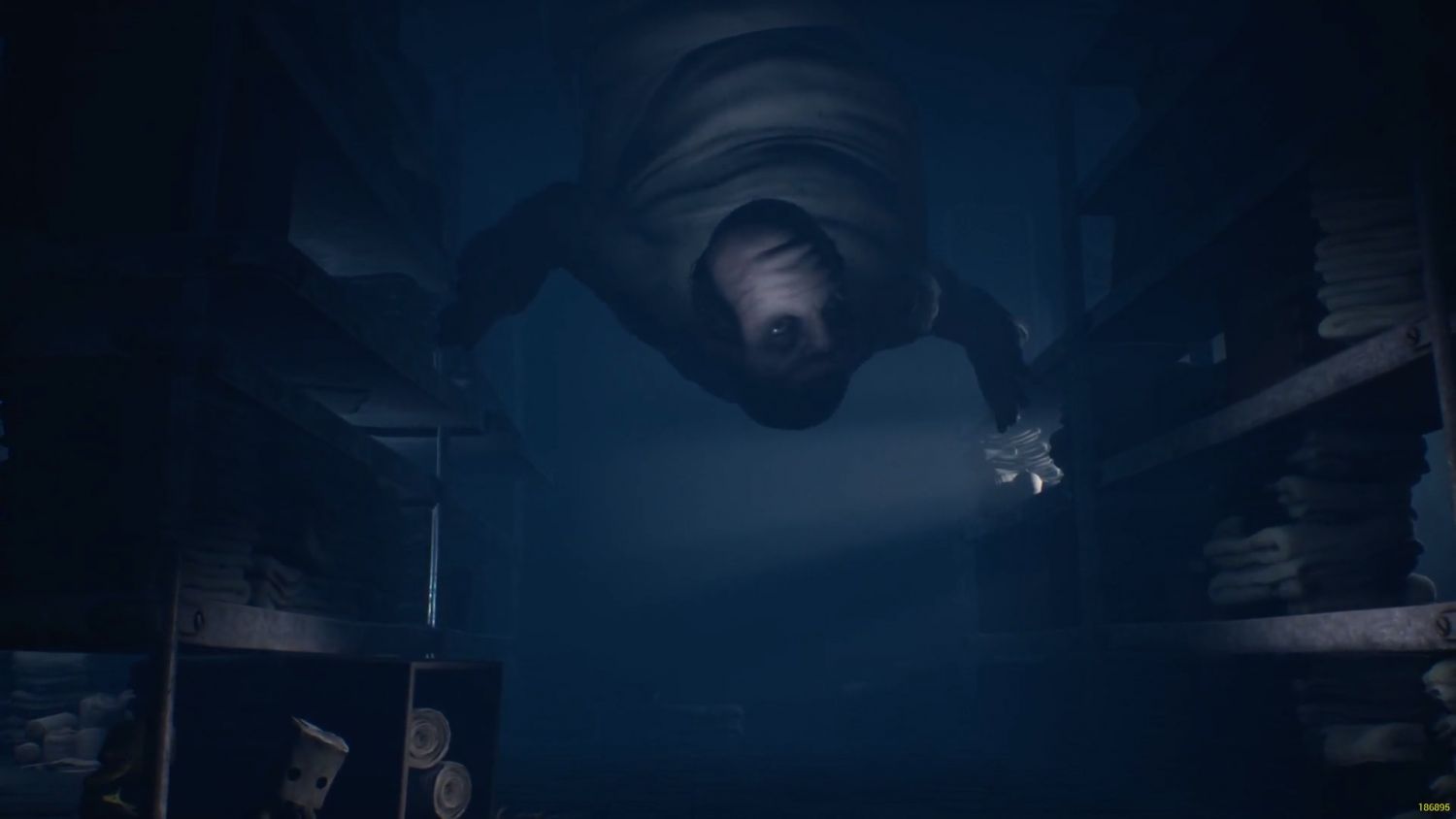


“Part of the fun,” according to Game Informer, “if you’d call it that, is watching these oddly animated humanoids lurch around their environments, performing their work while you stay low and search for an escape.” While some quite grisly character deaths do occur, they are not the game’s focus and mostly occur out of sight.ĭepicting events that occur prior to the first game, 2017’s Little Nightmares (more on this below), Little Nightmares II follows the young, rebellious boy Mono, the main protagonist, on his journey through a foreboding world known as the “Pale City.” On his quest, Mono will meet and team up with Six, the mysterious female protagonist from the first game. The various characters speak only in grunts and other elemental sounds, with nearly every plot detail, character trait and motivation expressed through the game’s detailed environments and character actions. Little Nightmares II is more restrained and atmospheric.Ī good deal of the game’s aesthetic appeal stems from its characters and their design, which mimic dolls and a dollhouse. The primary entries in the genre, including the Resident Evil, The Evil Within, and Outlast franchises, are comparable to modern superhero movies or Hollywood horror films that favor grotesque imagery over gameplay and substance. Players may feel emotionally drained while they fear what comes next, have to pause at seeing something their brain innately dislikes, or from sheer panic after failing an intense set piece multiple times.Tarsier Studios’ Little Nightmares II, initially released for Microsoft Windows, Stadia, Nintendo Switch, PlayStation 4 and Xbox One on February 11, 2021, is a noteworthy contribution to the puzzle-platformer horror video game genre, focused on scaling and exploring the game’s environments. Little Nightmares 1 and 2 differs by excelling at creating a creepy, unsettling atmosphere that leads to unease and a fear of what comes next. Scary is a subjective measurement, and feeling scared or fear will be dependent on what you personally find scary or frightening. On the other hand, sequences like the maze towards the latter half of the game offer an immersive puzzle experience that'll make the player ask why the rest of the game wasn't the same. Being able to find the solution, in some cases, depends on the player's personal curiosity and problem-solving abilities rather than indicators accurately laid out by the game. Unfortunately, Little Nightmares 2 can seem infuriating when the game refuses to indicate what the player needs to do to progress. Part and parcel of a puzzle game is having an intuitive way to give completion hints to the player.

The controls often feel counterintuitive when placed into intense situations, as we often ran in a slightly different direction than was meant due to camera changes, controls being unresponsive with directional input, and more. However, throughout the game, these moments feel tedious instead of awe-inspiring the same can be said about the various chase scenes in the game. We imagine this style of combat was deliberate as to enhance panic and cause the player to frantically fight not only with the enemy but themselves as well. Controls often feel outlandishly unintuitive with delays in button press and swing speed. Still, we can't help but feel as though they are a secondary mechanic. The implementation of combat mechanics certainly adds further depth to the gameplay.

Mono can wield almost larger than self weapons and take the fight to critters that would otherwise squish him. Little Nightmares 2 places greater emphasis on the protagonist's ability to fight back by implementing more combat mechanics that were absent in the previous title. Little Nightmares 2 mixes up the mechanics Accompanied with the eerie music, these set pieces often cause enough panic to see you wiping your hands on your shirt to dry them. Very few games are able to capture the feeling of dread like Little Nightmares 2, with their beautiful yet often fear-inducing backdrops that make the player feel small, dreading every step forward. Through various set pieces in a different locale, players must bash their way through obstacles in front of them and work with Six's AI to overcome puzzles preventing progression. Little Nightmares 2 continues the feeling of helplessness by throwing the player into intense, high-stakes hide-and-seek situations.


 0 kommentar(er)
0 kommentar(er)
